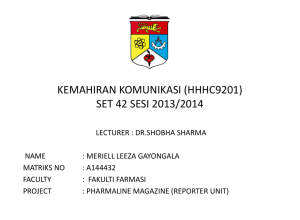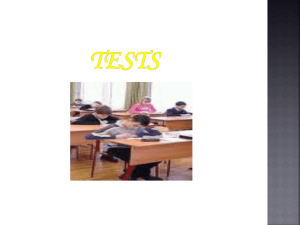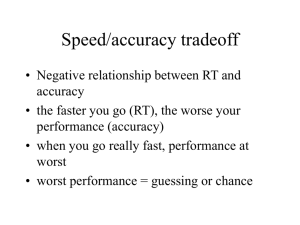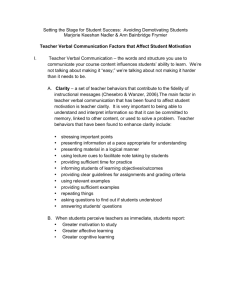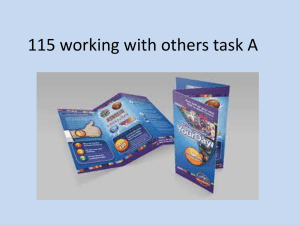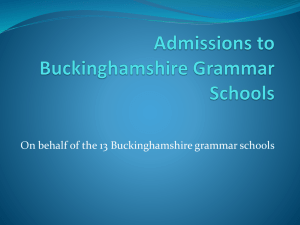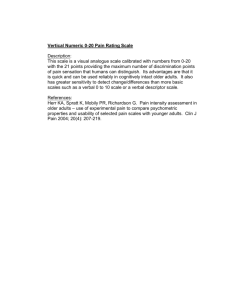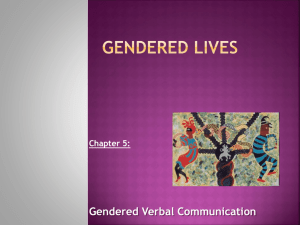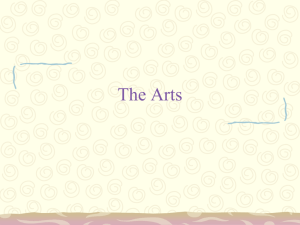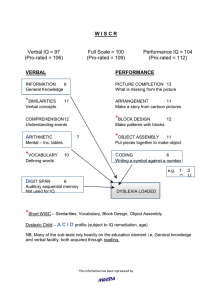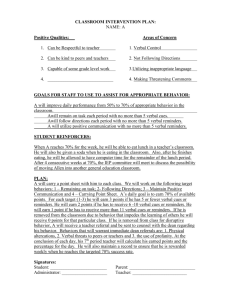1920s Powerpoint Lecture Presentations (Due 1/27)
advertisement
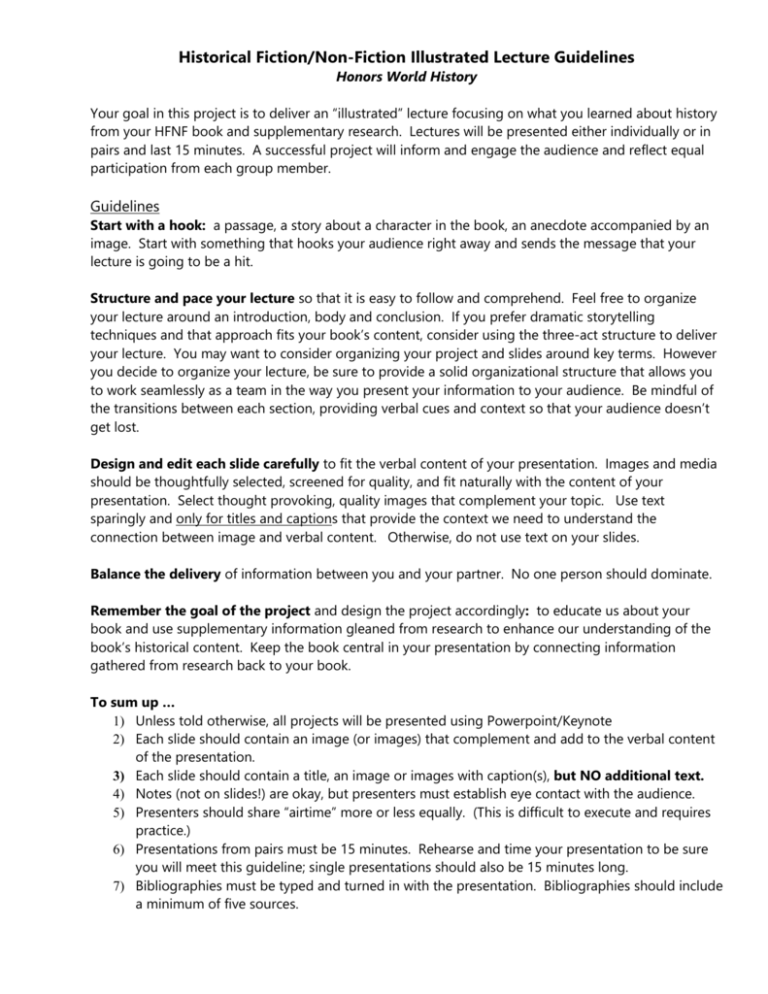
Historical Fiction/Non-Fiction Illustrated Lecture Guidelines Honors World History Your goal in this project is to deliver an “illustrated” lecture focusing on what you learned about history from your HFNF book and supplementary research. Lectures will be presented either individually or in pairs and last 15 minutes. A successful project will inform and engage the audience and reflect equal participation from each group member. Guidelines Start with a hook: a passage, a story about a character in the book, an anecdote accompanied by an image. Start with something that hooks your audience right away and sends the message that your lecture is going to be a hit. Structure and pace your lecture so that it is easy to follow and comprehend. Feel free to organize your lecture around an introduction, body and conclusion. If you prefer dramatic storytelling techniques and that approach fits your book’s content, consider using the three-act structure to deliver your lecture. You may want to consider organizing your project and slides around key terms. However you decide to organize your lecture, be sure to provide a solid organizational structure that allows you to work seamlessly as a team in the way you present your information to your audience. Be mindful of the transitions between each section, providing verbal cues and context so that your audience doesn’t get lost. Design and edit each slide carefully to fit the verbal content of your presentation. Images and media should be thoughtfully selected, screened for quality, and fit naturally with the content of your presentation. Select thought provoking, quality images that complement your topic. Use text sparingly and only for titles and captions that provide the context we need to understand the connection between image and verbal content. Otherwise, do not use text on your slides. Balance the delivery of information between you and your partner. No one person should dominate. Remember the goal of the project and design the project accordingly: to educate us about your book and use supplementary information gleaned from research to enhance our understanding of the book’s historical content. Keep the book central in your presentation by connecting information gathered from research back to your book. To sum up … 1) Unless told otherwise, all projects will be presented using Powerpoint/Keynote 2) Each slide should contain an image (or images) that complement and add to the verbal content of the presentation. 3) Each slide should contain a title, an image or images with caption(s), but NO additional text. 4) Notes (not on slides!) are okay, but presenters must establish eye contact with the audience. 5) Presenters should share “airtime” more or less equally. (This is difficult to execute and requires practice.) 6) Presentations from pairs must be 15 minutes. Rehearse and time your presentation to be sure you will meet this guideline; single presentations should also be 15 minutes long. 7) Bibliographies must be typed and turned in with the presentation. Bibliographies should include a minimum of five sources.


